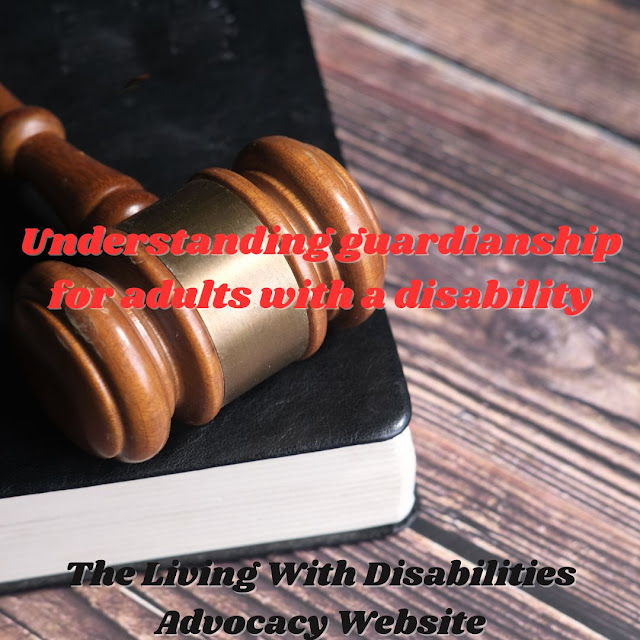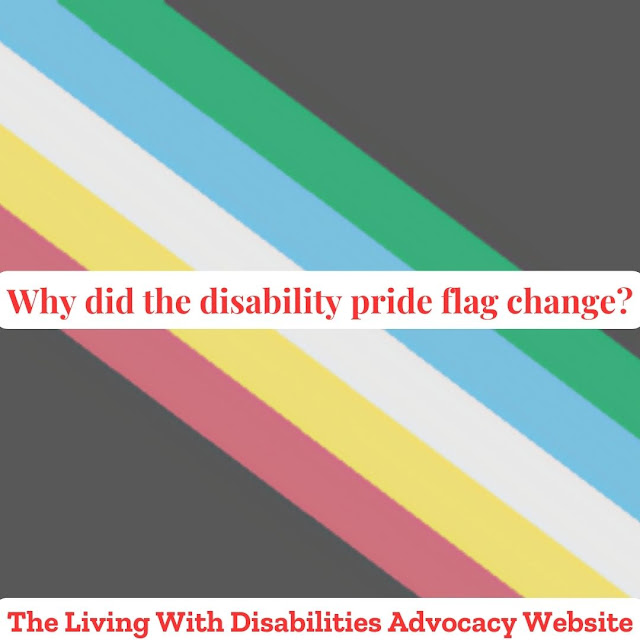Read through my Disability
Hello everyone, I'm Katrina from Living with Disabilities. You're tuned into the Living with Disabilities, advocacy website dedicated to helping people comprehend the disabled community. The core purpose of our website is to assist society in recognizing the full range of various disabilities and conditions. Accessibility is a key component of this understanding. Without accessibility, there's exclusion. This week, we'll discuss a person's first language. Let's push 'Dis' aside and focus on the 'Ability' of Living with Disabilities.
Recognizing and respecting a person's first language is crucial, especially for those with disabilities. It ensures effective communication, fosters inclusion, and helps in providing better support and services tailored to their needs.
When considering someone's first language, it's important to ask about their preferences, as each person is unique. This helps ensure effective and respectful communication tailored to their needs.
If you're reading this article, you likely want to learn the respectful way to address a person with a disability without causing offense. You're on the right path and Living with Disabilities will guide you in the right direction.
Take a look at this chart. It provides general information on do's and don'ts.
Living With Disabilities Presents: The Advocacy Table
a space created for people with disabilities to be able to have freedom of speech and talk on different topics surrounding the disability community. To get more details, check out The Advocacy Table. To become a panelist, write into the show and let the host know what topic you want to talk about. She will then send out a group email to all panelists after the show has reached five or ten people. After the show, a survey will be emailed to you, and we would love to get your feedback.
If you need online support, Disability Safe Haven is great for receiving support. The We Care Team is very protective of its members and asks everyone who joins, to have a profile picture and answer the security questions.
Another online support, Living With Cerebral Palsy, is great for people with cerebral palsy and for family and friends who want to learn more about different types of cerebral palsy and how to support their loved ones who have it. This group has open and closing hours and a 24/7 chatroom. Open and closing hours are based on United States time zones.
If you are looking for Virtual fun, a group filled with creative activities, and a space where you build on friendship. United By Creative Minds, is a space for people with disabilities only! Must have a profile picture and answer the security questions.
Reference Link
Communicating With and About People with Disabilities | CDC
Podcast Link
https://podcasters.spotify.com/pod/show/livingwithdisabilites/episodes/Read-through-my-disability-e2m5m2n



.jpg)
.jpg)
.jpg)



Comments
Post a Comment